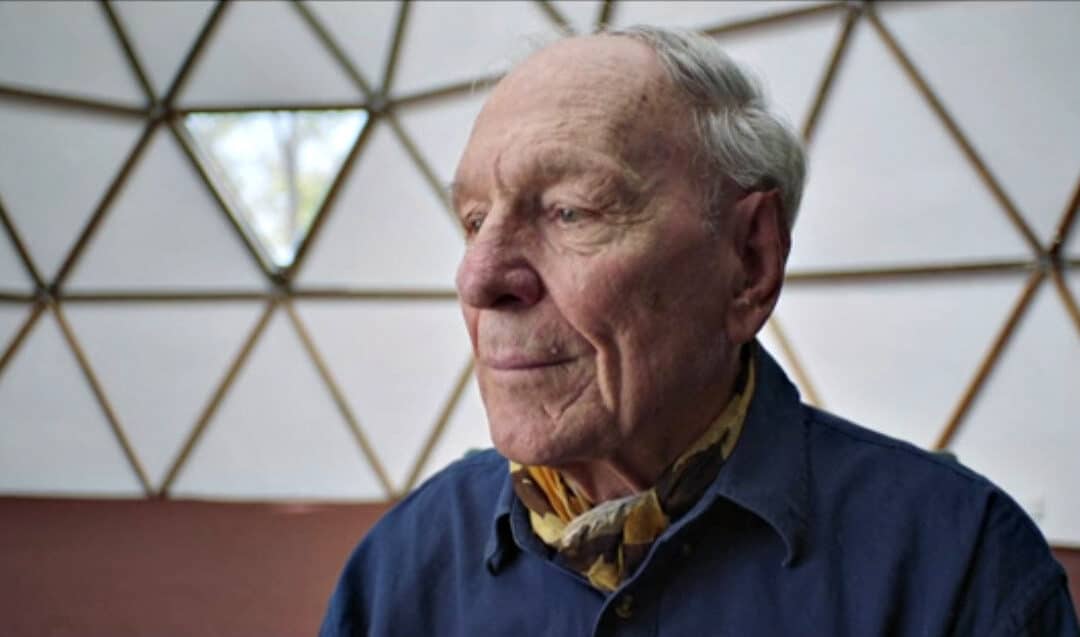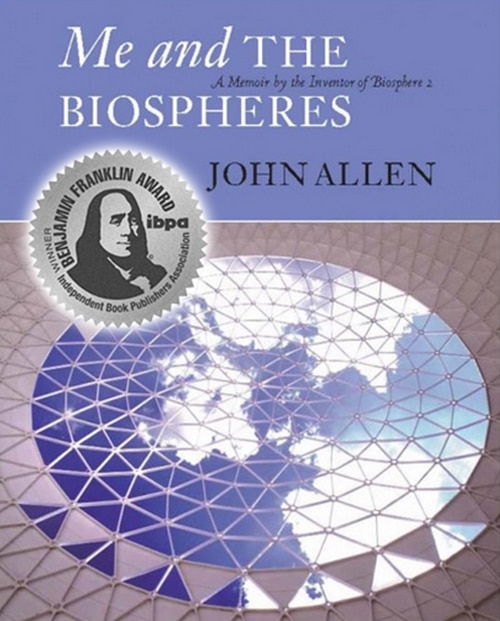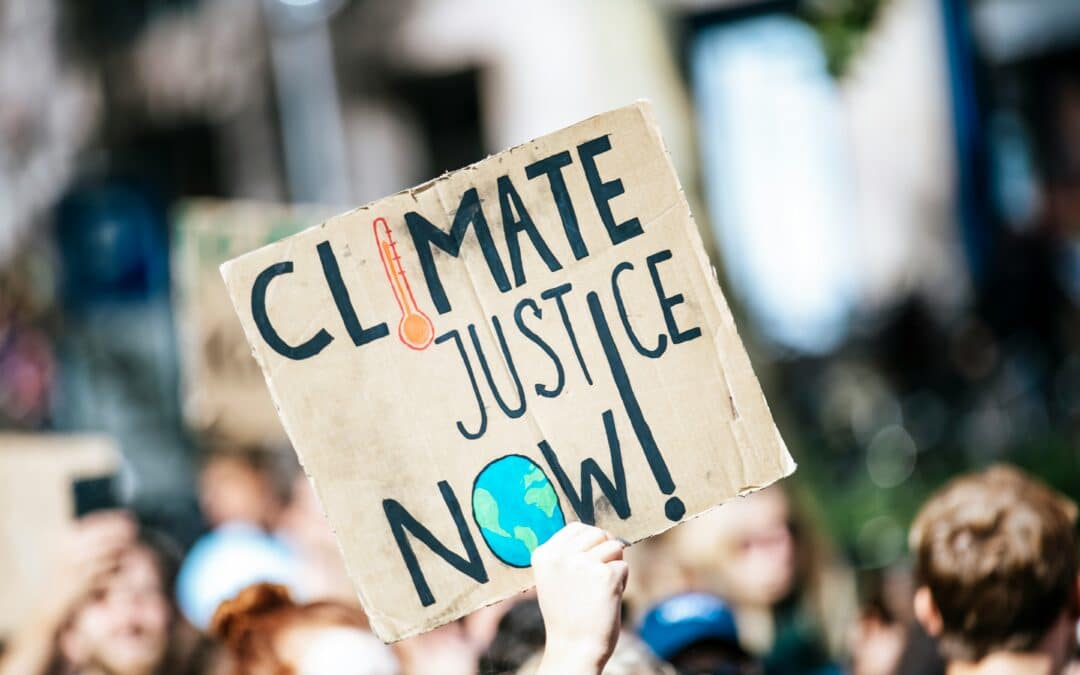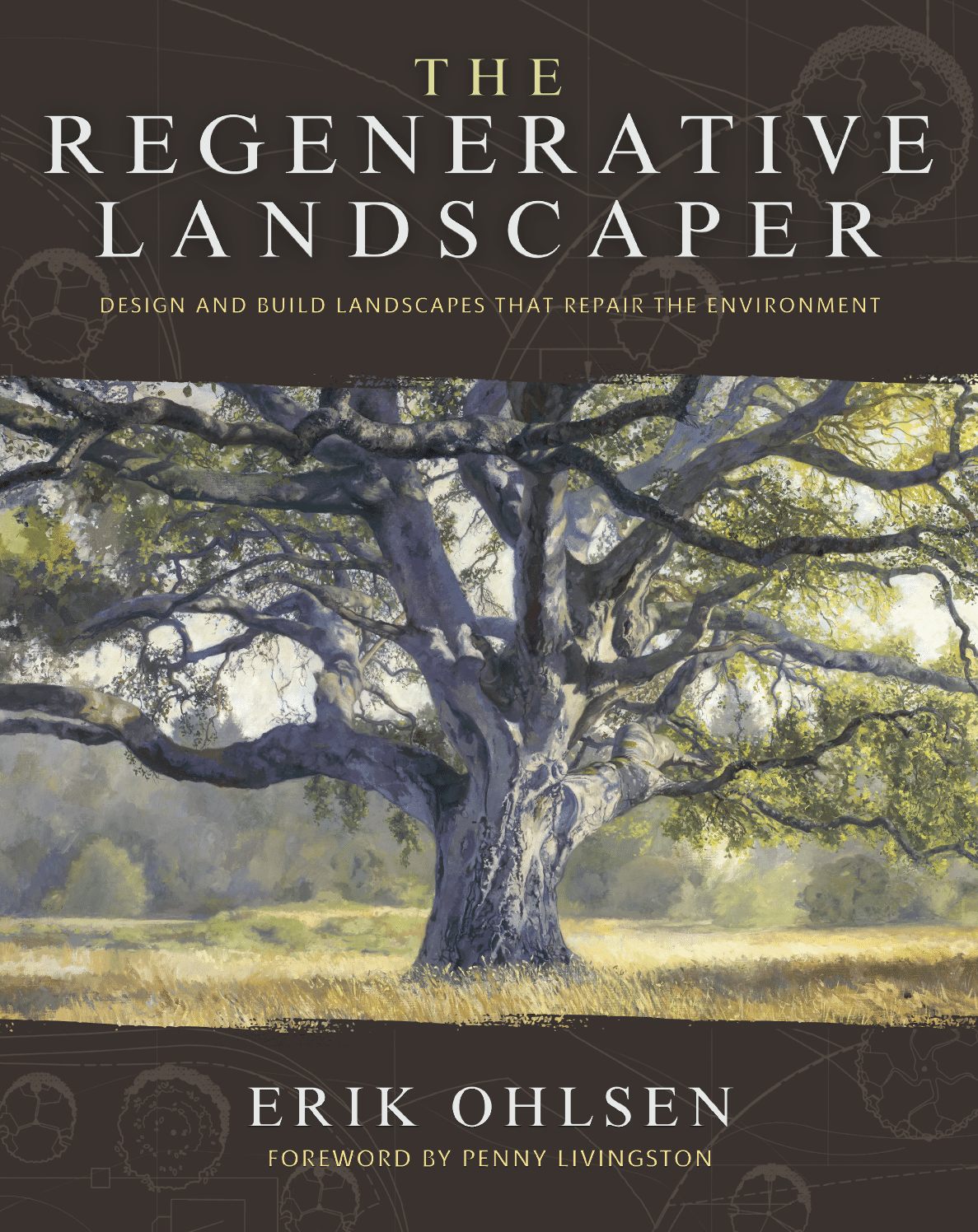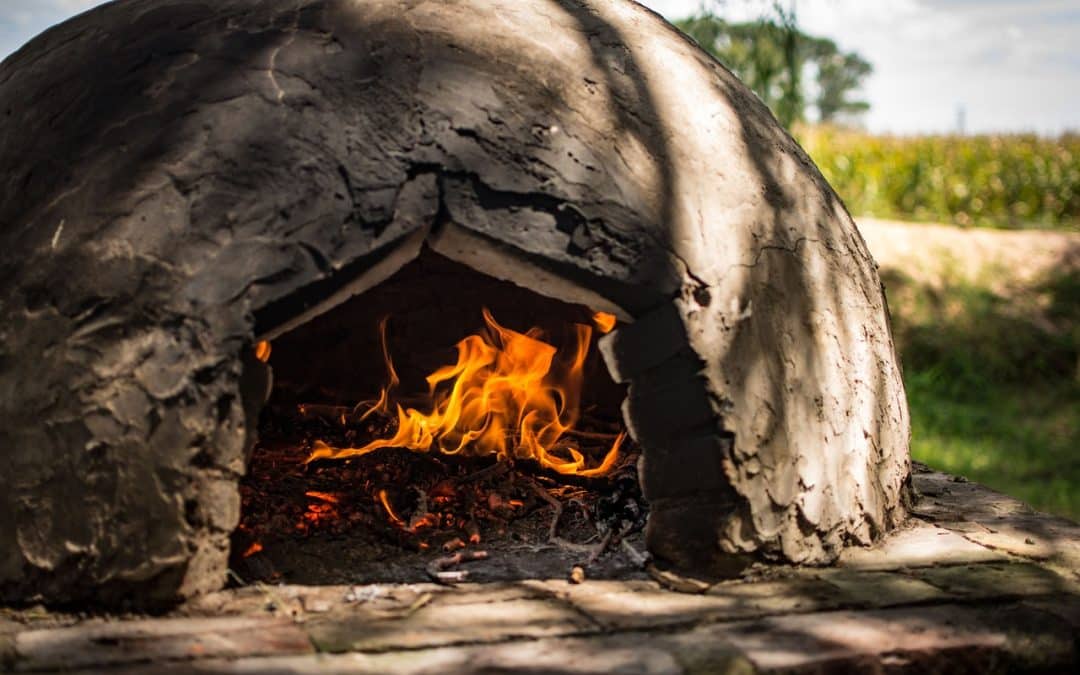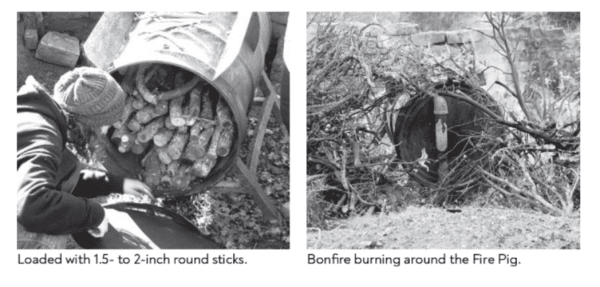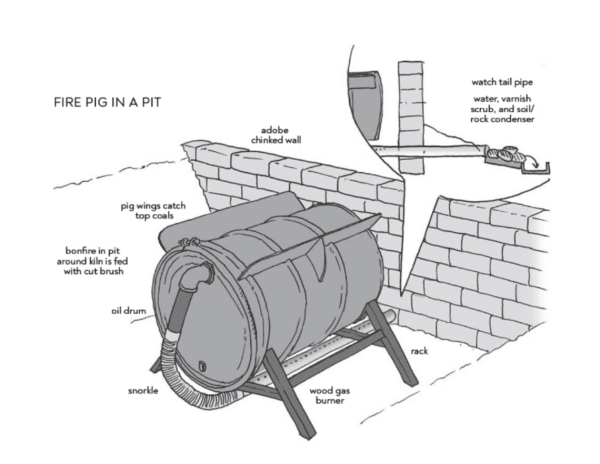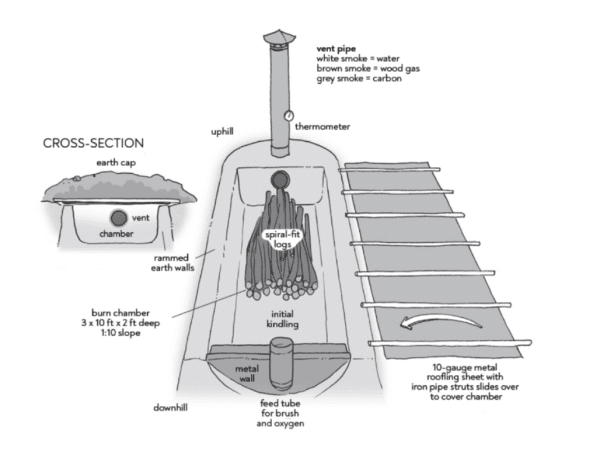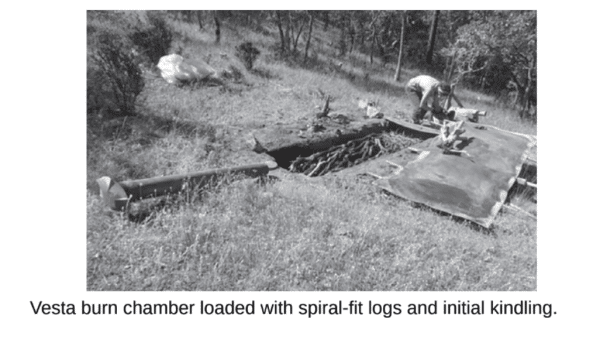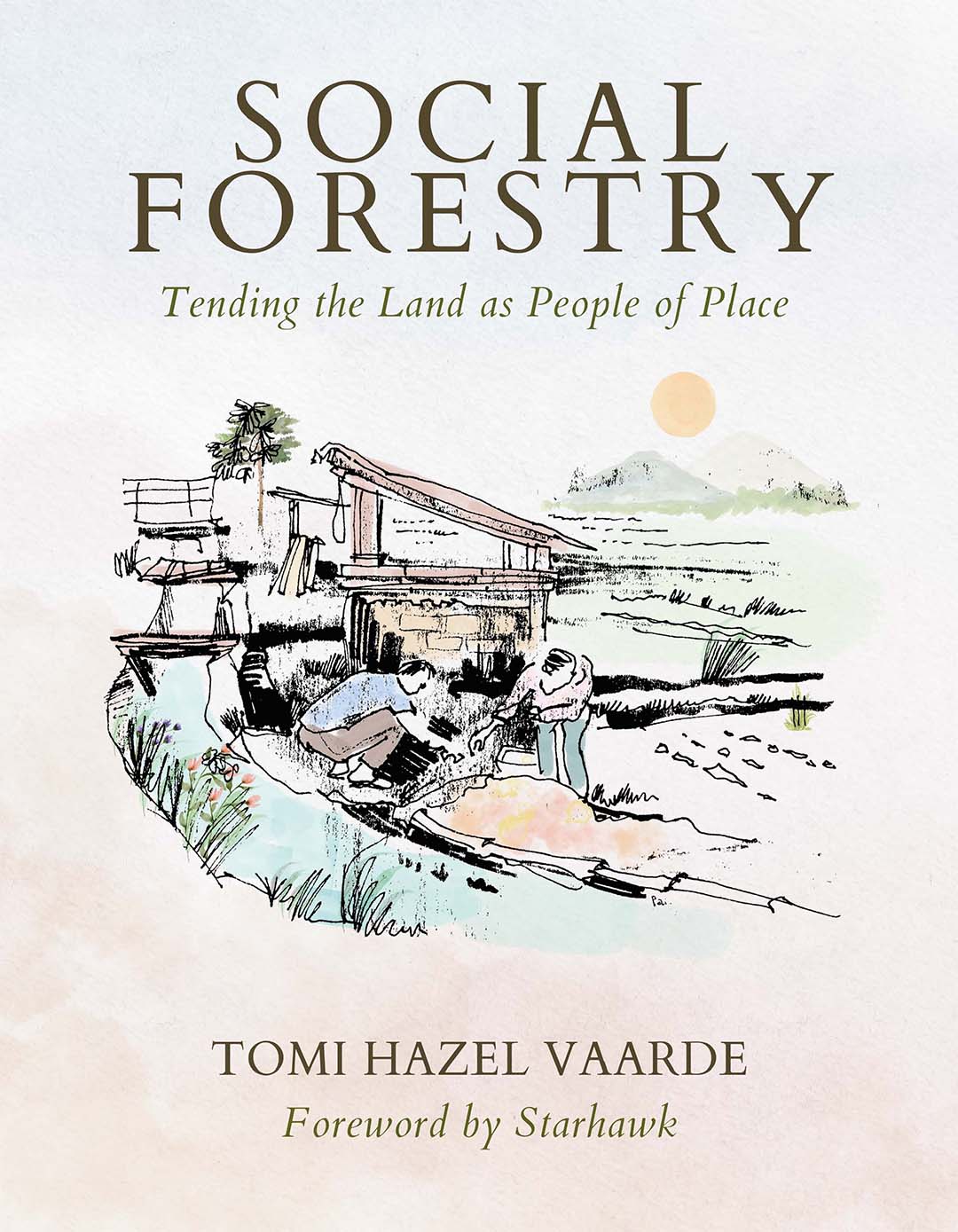Environmental Justice
Environmentalism, as a movement, is propelled by the rapid degradation of the natural world and its intent is to take action in order to conserve and protect nature for future generations of humans and non-humans alike. But there is no world where environmental justice can prevail without bringing justice to all peoples in need. As Leah Thomas, author of The Intersectional Environmentalist: How to Dismantle Systems of Oppression to Protect People + Planet, writes, “We can’t save the planet without uplifting the voices of its people, especially those most often unheard.”
We cannot learn to value water, air, and all other life forms without bringing unequivocal value to humans of all ethnicities, religions, genders, and orientations. This is directly related to a system of hierarchy wherein humans place themselves as “more important” than other beings and forms of life. An example of this can be found in colonialism, in which one group of people seize access to resources and exert power over groups of other races, religions, and genders. This power dynamic is also displayed in the anthropocentric view that humans are superior to other animals, plants, mountains, bodies of water, and beyond.
Instead of this hierarchical placement of value, we can locate our place in the world using an intersectional perspective, as suggested by Kimberlé Crenshaw, who defines intersectionality as: “A lens through which you can see where power comes and collides, where it interlocks and intersects. It’s not simply that there’s a race problem here, a gender problem here, and a class or LBGTQ problem there. Many times that framework erases what happens to people who are subject to all of these things.”
The state of the natural environment, systemic inequity, and racism are deeply interwoven, with colonialism serving as a historical catalyst that perpetuated the exploitation of both human populations and natural resources. Today, the direct correlations between marginalization and environmental degradation are more apparent than ever.
In this blog, we will go over the following topics and examples of the intersection between environmental and racial justice. We explore disastrous events that occurred in regions with a higher proportion of a demographic of people of color with lower incomes and how their impact is related to these intersecting lenses.
Unveiling Systemic Injustices Faced by Marginalized Communities
There are instances when a corporation’s choice to pollute a region is directly correlated to areas that have demographics with lower income and people of color.
One prime example is of a powerful corporation making a conscious decision to pollute toxic coal ash while knowing its harmful effects on the environment and human health. Describing the situation, Brian Bienkowski writes, “Uniontown is nearly 90 percent black with an average median household income 74 percent lower than the national average. The coal ash, three million cubic yards and counting, represented a windfall for a community where almost 50 percent live below the poverty line.” One of the residents of Uniontown shared, “No one thought that the members of this poor community would fight back or that anyone would listen to us.”
Bienkowski continues, “Too often toxic coal ash, a byproduct of coal-fired power, ends up in poor, minority communities.”
Similar events occur in under-resourced areas that are often targeted as sites to frack, drill oil, and dump large amounts of toxic waste.
These events are extremely detrimental to the environment and cause intergenerational damage to those who live in these areas. Yet corporations and governmental entities continue to target areas with less access to resources with the majority of the population being BIPOC communities.
Environmental Injustice and Covert Discrimination
However, not all environmental injustices are as obvious. They can be veiled through covert money trails, ambiguous laws that are passed, or media cover-ups.
The article “Flipping the Script: White Privilege and Community Building” outlines how racial discrimination was implicated throughout the evacuation, storm, and aftermath of Hurricane Katrina, how it was masked to portray a different story, and the connection between environmental and social justice.
“Even though the predicted consequences of a category 4 or 5 hurricane were shared in reports, case studies, and requests for funding, the federal government did not respond to the needs,” the authors write.
The category differs here from “direct” to “indirect” because the effects of Hurricane Katrina were accumulated both from structural neglect as well as intentional misgivings from federal funding and propagated media biases. Essentially, the government did not cause the natural disaster but the effects of the storm could have been mitigated.
Authors further describe how the media creates these biases, “In the extensive coverage of Hurricane Katrina, we noticed that many of the most desperate survivors are people of color. Hearing their stories, we learned of the impact of generations of housing, transportation, employment, and other policies that had failed these US residents. She goes on to say, “In fact, we cared to do so little about these residents that we did not build levees strong enough to withstand predictable weather and its consequences.”
Natural disasters are one of many catastrophes that are growing as a result of the climate crisis. Food shortages, less availability of clean water, smogged and fire-prone areas, drought, and more will continue to heighten as global temperatures continue to rise.
Funding, resources, and awareness will continue to diminish for people of color in need as the climate crisis intensifies unless we bring awareness and preventative action to these areas through fundraising, education, and empowered action.
Reimagining Resource Distribution and Reparative Justice
Imbalances of wealth, health, and environmental access become visible when you compare areas that have access to stable housing, fresh produce, parks and recreational areas, and comprehensive medical care, with those that don’t.
The imbalance of resource distribution can be attributed to many legislative acts in US history including, but not limited to: the Homestead Act of 1862, the Home Owners’ Loan Corp. (HOLC) (part of a federal agency created as part of the New Deal Acts in the 1930s), and black veterans who were denied the GI Bill after WW2.
So what does it look like when our movements for environmental justice are deeply informed by racial justice movements? We turn to the words of Leah Penniman, author of Farming While Black, who identifies the need and conditions for reparations for Black Americans.
In her book, Penniman writes, “Enslaved Africans never received reparations for their unpaid labor or broken families. The promise ‘40 acres and a mule’ during Reconstruction was retracted. In fact, some white plantation owners received reparations for their ‘lost property.’
If African American people were paid $20 per week for our agricultural labor rather than enslaved, we would have $6.4 trillion in today’s dollars in the bank right now. This figure does not include reparations for denied credit and homeownership opportunities, exclusion from the social safety net and education, or property theft and destruction. There is a reason why the typical white household has 16 times the wealth of a typical black household: 80 percent of wealth is inherited, often traceable back to slavery times. Existing policies reinforce and augment the wealth gap.”
She outlines three characteristics of true reparations:
- “Nothing about us, without us”: Black people get to define what reparations look like.
- “No strings attached”: Transfers of land and resources without oversight or conditionality.
- “The whole pie”: Give the land, money, and jobs away, even and especially when it entails personal sacrifice.
As we look ahead to remediation efforts, we must challenge the distribution of resources while embracing the value of all beings in an equitable way.
If you would like to contribute to organizations that are paving the way for a just and equitable earth visit and consider supporting to the following organizations:
Photo by Markus Spiske on Unsplash
